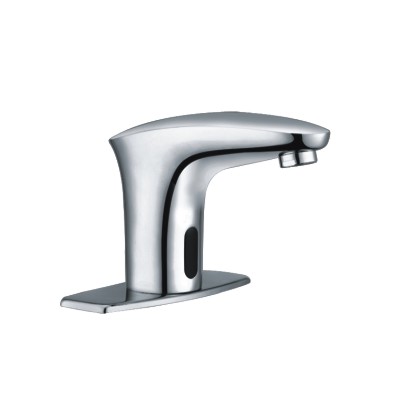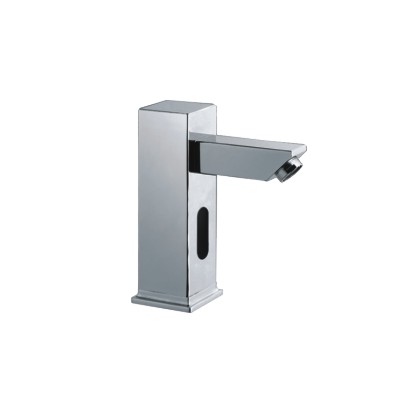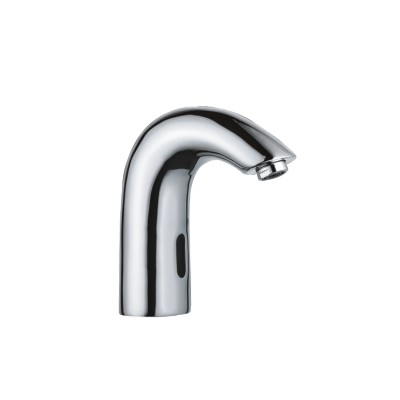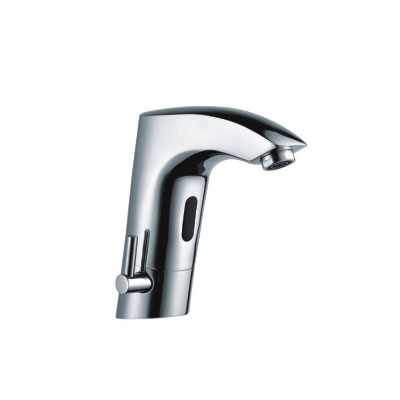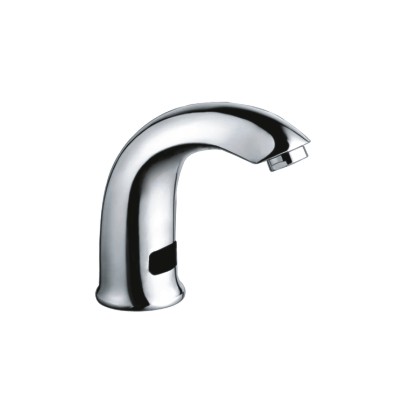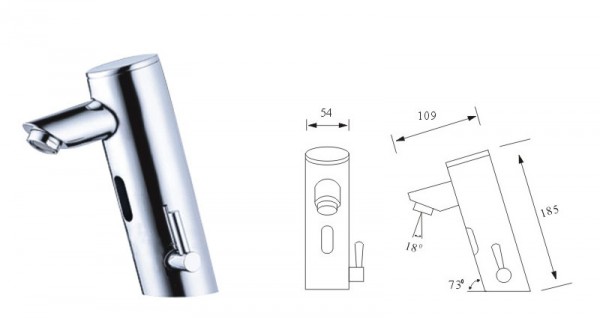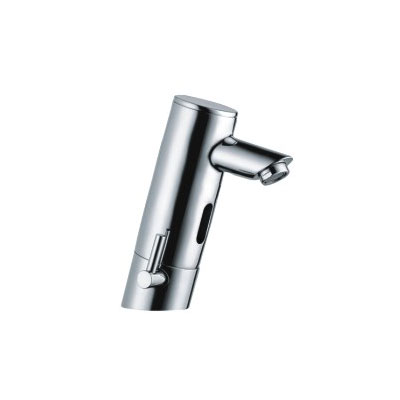Automatischer Wasserhahn benennt elektronischen Wasserhahn, Sensor Wasserhahn, berührungsloser Wasserhahn sowie Freisprecharmatur. Automatischer Wasserhahnverlauf, In der Historie des elektronischen Wasserhahns erfahren Sie mehr über Sensor Activated, Batterie- und elektrisch betriebene Wasserhähne.
Automatische Wasserhähne wurden erstmals in den 1950er Jahren entwickelt, aber nicht für den kommerziellen Einsatz bis in die späten 1980er Jahre produziert, wenn sie zum ersten Mal erschienen (to the general public) at airport lavatories. Story has it that the first airport to adopt the new technology, is O’Hare Airport. Called by other names such as Electronic Faucet, Sensor Faucet, Hands Free Faucet, Touch-less Faucet, even Infrared Faucet, automatic faucets have become a central theme in the American experience. They are now found in places far removed from airports and other institutions, places like restaurants, hotels, casinos, malls, sports arenas, as well as residential properties.
Known for their assistive qualities, automatic faucets are making their presence felt at assistive living establishments and places where the elderly and/or handicapped individuals call home. Automatic faucets are water saving devices, helping save 70% of the water that would otherwise swirl down the drain unused and conserve as much as 3-5% of the water used by a standard household. Other benefits of automatic faucets are found in inhibiting the spread of gems which are known to thrive on faucet handles, as well as help prevent or mitigate scalding incidents caused by hot water flowing out of the faucet, having said that, I should caution the readers that automatic faucets, on their own, are not considered anti-scalding devices.



